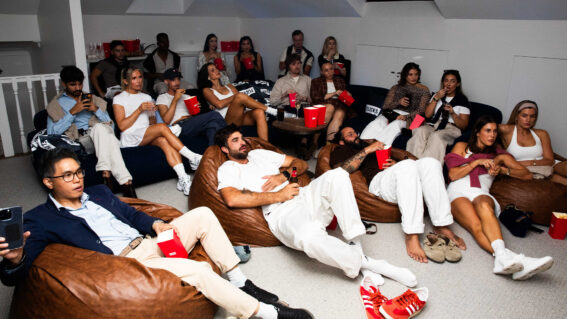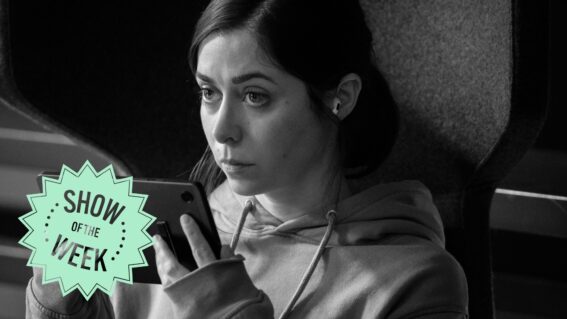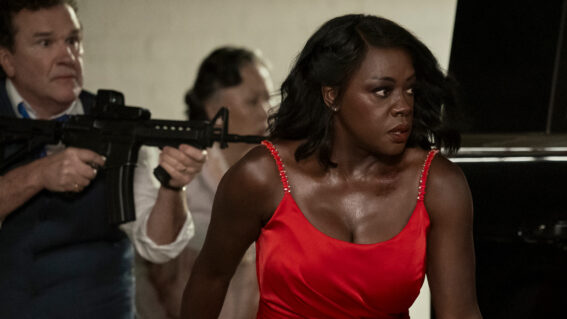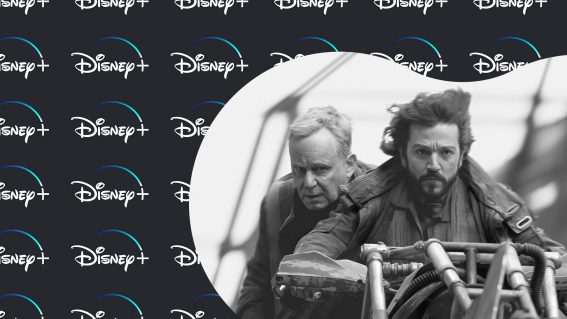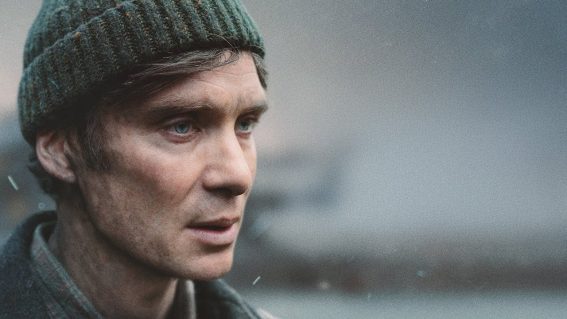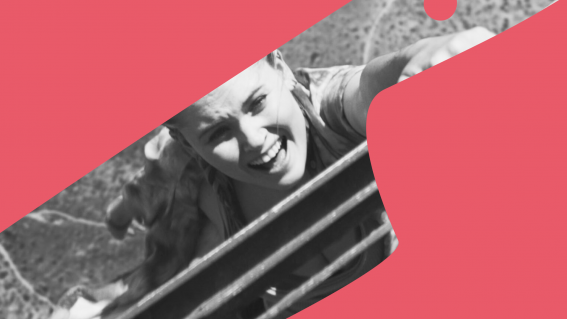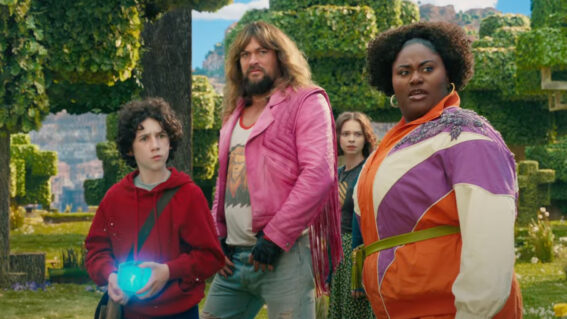“I hope the film gets people talking.” Get to know the Wahine Behind ‘Waru’
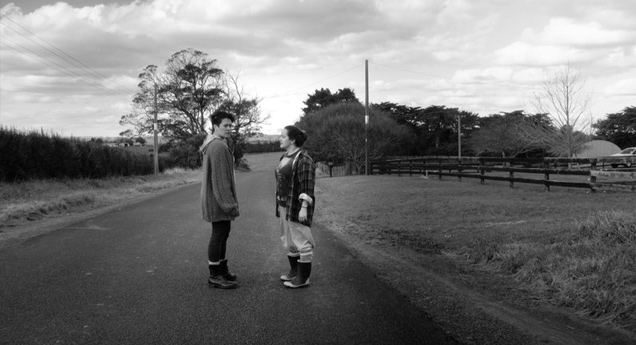
This week sees the release of Waru, the feature drama centred on the death of a small boy and the effect it has on the whānau during his tangi. Comprised of eight separate segments, the film is a collaboration between nine Māori wahine filmmakers.
We asked the filmmakers five quick questions about their segments and the process of working as a collaboration.
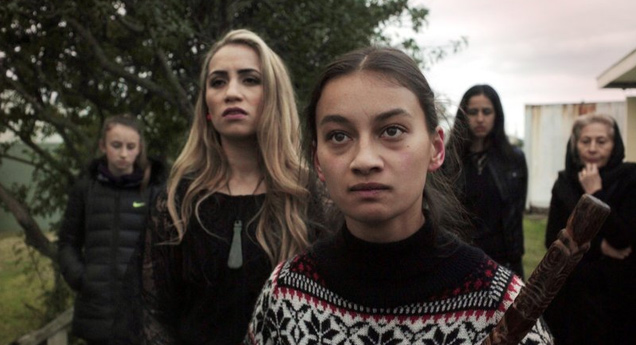
Paula Jones
Describe your segment in EXACTLY eight words.
When you feel invisible, confronting abuse takes courage (segment – My Name is Mere).
What reactions do you hope to get from New Zealand audiences?
I hope Waru will get people talking and if it prompts positive action, then this is a good thing.
How does it feel to have your work playing alongside eight other Māori female directors?
I feel privileged that my first foray into the film world I was wrapped around by some of the best female writer-directors in the industry. It was a no-brainer: I couldn’t fail with that much love, care and experience around me. I just hoped that I wasn’t going to let the team down!
What was the biggest challenge you faced during the making of this film?
To be honest, my biggest challenge was a physical challenge. My mobility as in stairs, doors, gravel, inclines, hills, uneven surfaces and spaces I can’t fit into. I’m in a chair and I am also a hands-on director so I was stressing out about how I was going to direct this piece.
My film was shot outside and covered a lot of ground but this was made easier for me when Kevin Halsall from Ogo technology in Otaki bought me up an Ogo which is a segway wheelchair. This alleviated all of my mobility and access woes – I just needed to learn how to drive it causing the least damage to people and property.
Being my first short film and having the one-shot non-negotiable wasn’t as daunting for me as I didn’t have anything to compare it to. As I mentioned, I had great support so I knew we would make something quite special as a team.
What’s next for you in the film world?
I am currently in post-production with my short film A Matter of Time, with Fro Girl Films and producer Tanya Haitoua Cathro.
The 14 minute short film is about five young people who must navigate their own existence in a time where they have no control over their environment.
I also have a couple of feature scripts in various stages of development.
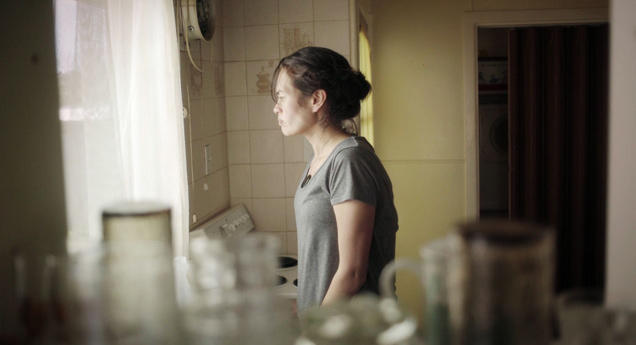
Ainsley Gardiner
Describe your segment in EXACTLY eight words.
Isolation and disconnection breaks humanity. Hope saves it.
What reactions do you hope to get from New Zealand audiences?
I hope to inspire courage, compassion and understanding. There is always more we can do – for ourselves, yes, but more importantly for each other. None of us can survive without humanity and connection.
How does it feel to have your work playing alongside eight other Māori female directors?
Aside from feeling like “Why the hell has it taken so long?”, and “Why isn’t this way of working our norm?” I couldn’t be more proud of having our work play together.
I think of it as a whole rather than its parts, and I have been amazed at how powerful this creative collaboration has been.
What was the biggest challenge you faced during the making of this film?
Like life imitating art, isolation was the biggest challenge. When we came together, we worked fast, we tackled big issues, we argued robustly, we compromised and we made excellent decisions.
When we were not together, and the communication was more singular, it was far more difficult to get things done.
What’s next for you in the film world?
Writing a teen, sci-fi, action film. Developing a shit load of films with Georgina Conder written (and to be directed) by awesome women. I want to make films my friends and I, and my daughters, would want to watch and be inspired and entertained by.
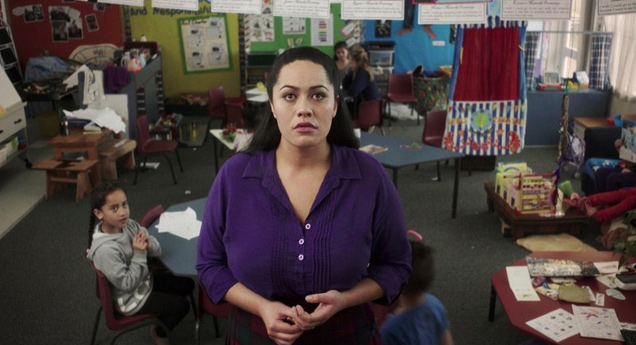
Casey Kaa
Describe your segment in EXACTLY eight words.
Guilt, love, guilt, love, lust, heart break, guilt.
What reactions do you hope to get from New Zealand audiences?
A call to action.
How does it feel to have your work playing alongside eight other Māori female directors?
Empowering.
What was the biggest challenge you faced during the making of this film?
Confronting the subject the matter.
What’s next for you in the film world?
Watch this space… We’ll find out together.
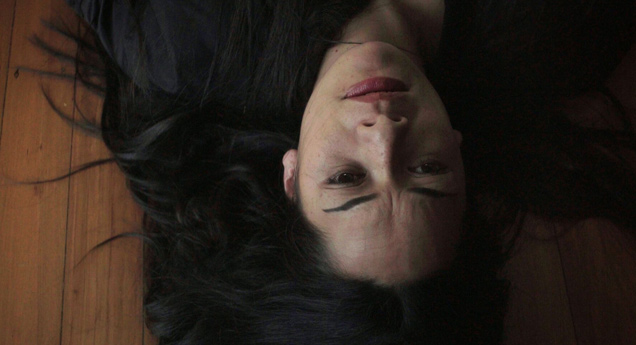
Katie Wolfe
Describe your segment in EXACTLY eight words.
Rock bottom is a good place to start.
What reactions do you hope to get from New Zealand audiences?
That not only do they enjoy the unique storytelling and seeing so many wonderful wahine Māori front and centre on the screen but they are provoked to answer more questions around child abuse and how we can all be part of the solution.
How does it feel to have your work playing alongside eight other Māori female directors?
It’s been a highlight in my career. The process was amazing and I love each and every film.
What was the biggest challenge you faced during the making of this film?
When we first sat down and faced the kaupapa it was very hard to talk about. Sometimes we asked very tough questions; it was uncomfortable and sometimes painful. Initially the one shot aspect was daunting, but by the end I had fully embraced it and saw it only as a creative bonus.
What’s next for you in the film world?
I am making a documentary about the 1979 Haka Party Incident. I have a few narrative features in development and will probably self fund a short film I recently dreamed up.
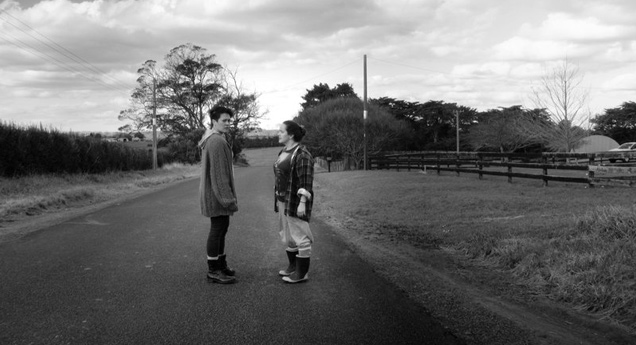
Josephine Stewart-Te Whiu (Writer) & Awanui Simich-Pene (Director)
Describe your segment in EXACTLY eight words.
Two sisters: you can’t have thunder without lightning.
What reactions do you hope to get from New Zealand audiences?
Josephine: To start a dialogue on what can be an incredibly difficult subject matter.
Awa: Any reaction, I hope the film gets people talking.
How does it feel to have your work playing alongside eight other Māori female directors?
Josephine: I am so humbled to have worked alongside these eight extraordinary wahine Māori.
Awa: I am immensely proud to have my work play alongside the works of these incredible filmmakers. And yes, it is even more rewarding that they too are Māori and women.
What was the biggest challenge you faced during the making of this film?
Josephine: Trusting my voice.
Awa: Starting. How could I contribute?
What’s next for you in the film world?
Josephine: Working on my feature film.
Awa: Keep collaborating with writers to produce new work.
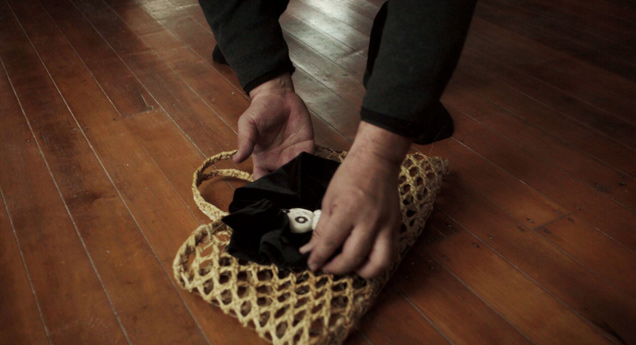
Renae Maihi
Describe your segment in EXACTLY eight words.
A ritualistic battle for a slain mokopuna’s spirit.
What reactions do you hope to get from New Zealand audiences?
An understanding that the harm of our children was not our way as Māori pre-colonization. Dame Anne Salmonds’ article entitled Maori Were Once Tender Fathers and Traditional Maori Parenting by Te Kahui Mana Ririki articulate this very well.
How does it feel to have your work playing alongside eight other Māori female directors?
It’s a real honour to be amongst this group of wahine, many of whom are tuakana that I have looked up to throughout my life and career. To make a film together of this nature around an extremely important kaupapa is an opportunity I will always be grateful for.
What was the biggest challenge you faced during the making of this film?
Process. Often process in film is determined by the director and producer together. However, in this case and a project of this nature, it was difficult.
What’s next for you in the film world?
I have a feature film script that I’m still developing and I’ve recently received permission from the family to start the process of making a feature film about one of our greatest Māori New Zealanders. Mum’s the word for now.
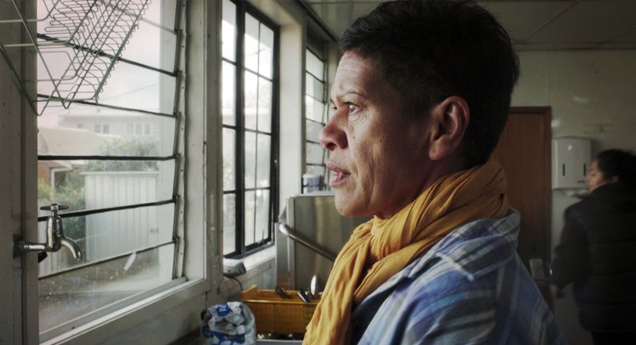
Briar Grace-Smith
Describe your segment in EXACTLY eight words.
Charm learns to accept she can’t save everyone.
What reactions do you hope to get from New Zealand audiences?
There’s a strong message coming through in these films about pulling together as a community to support children and families in need. The problems of poverty and abuse are still there even when we choose not to see them – even the smallest of gestures can changes lives.
How does it feel to have your work playing alongside eight other Māori female directors?
Often we’re the sole representatives of our gender and culture. Through being one of nine Māori women filmmakers, both myself and my story are part of a broad and colourful context. I think I feel normalised.
What was the biggest challenge you faced during the making of this film?
I enjoyed writing the script and, keeping in mind that we were limited to one shot, I challenged myself by involving as many characters and ‘mini’ locations as I could while still holding on to the narrative. But when I got on set and saw the physical reality of what I had to juggle, I nearly died.
What’s next for you in the film world?
I have a feature film I’m writing that I plan to direct. It won’t be next but its somewhere in the picture of my life.

